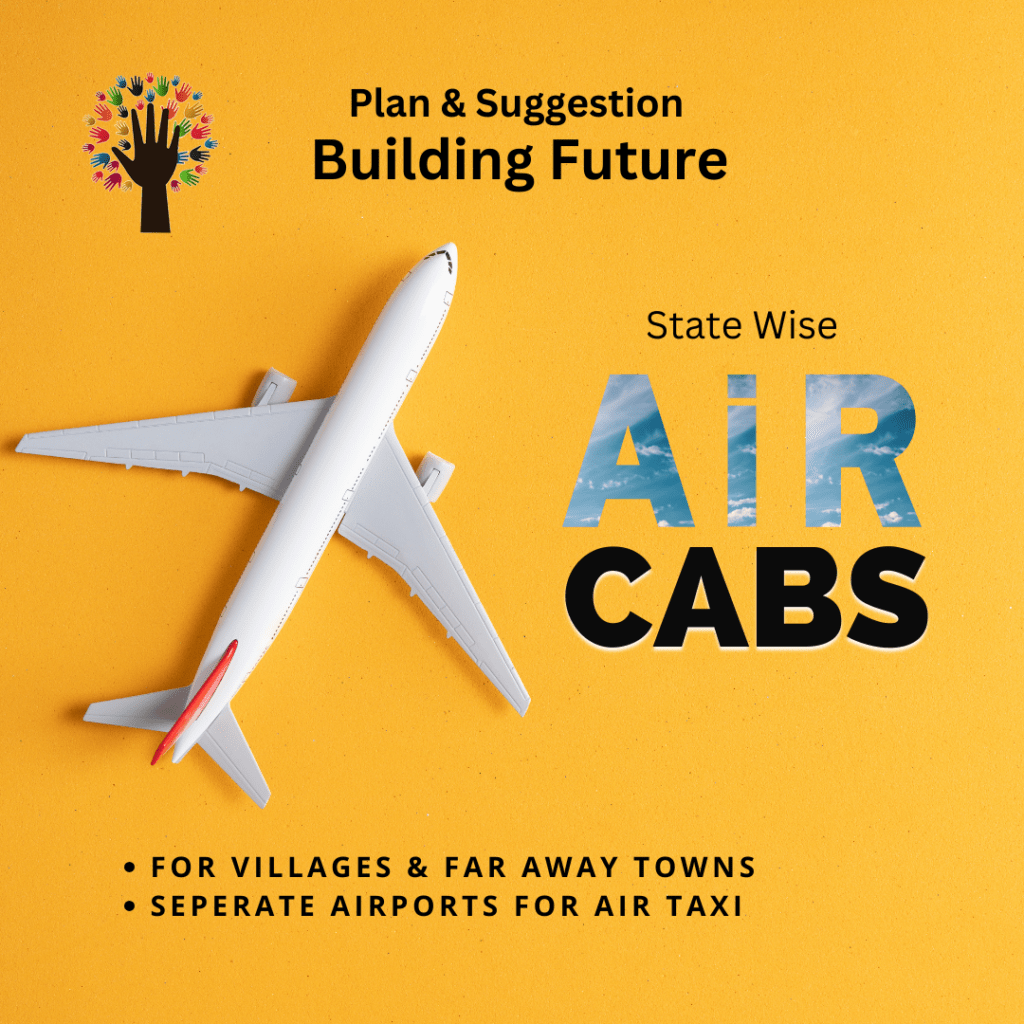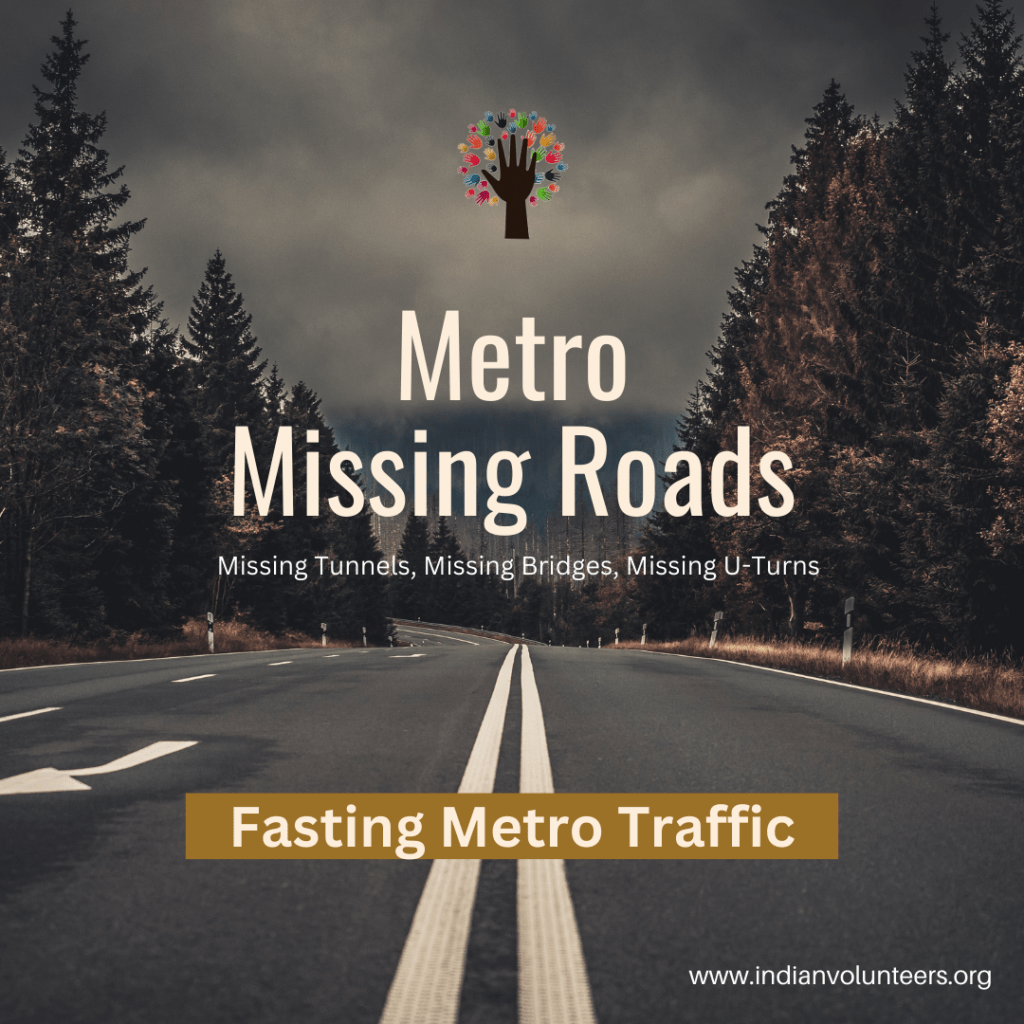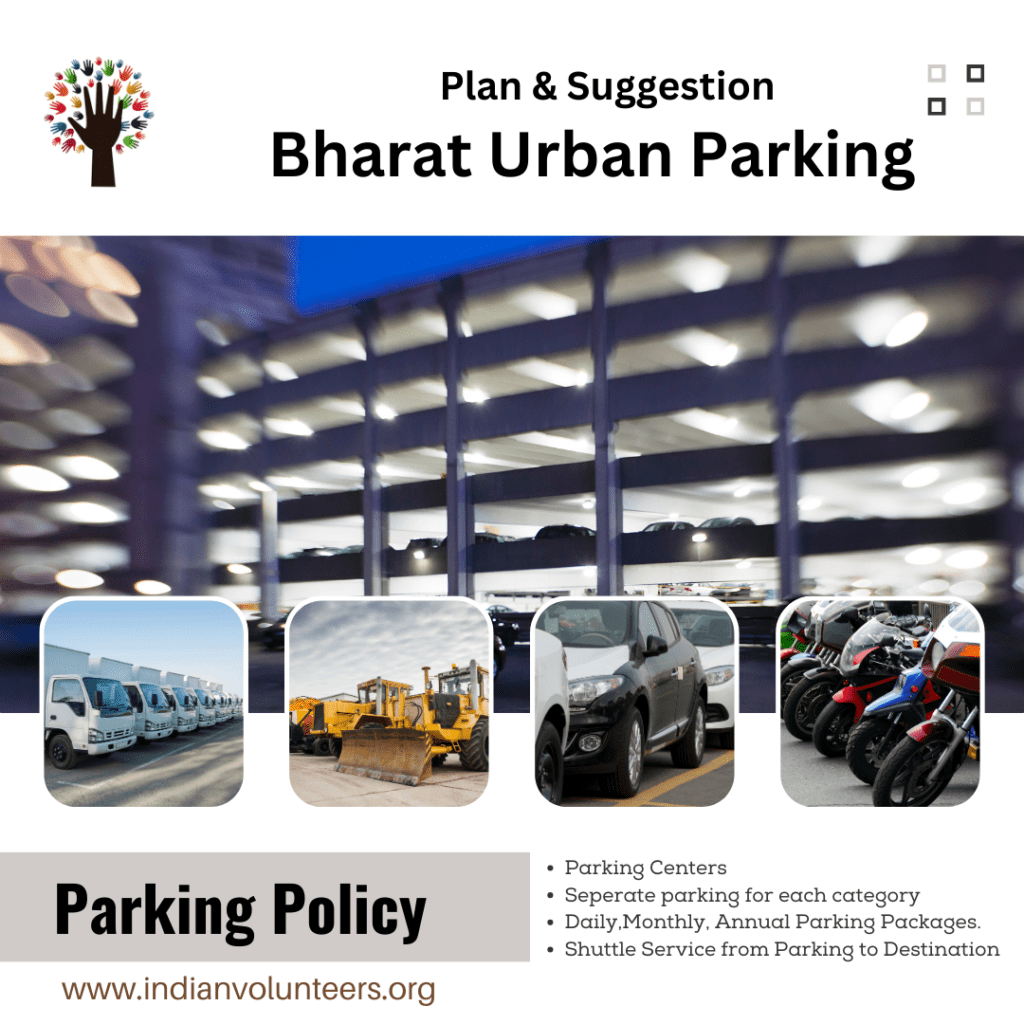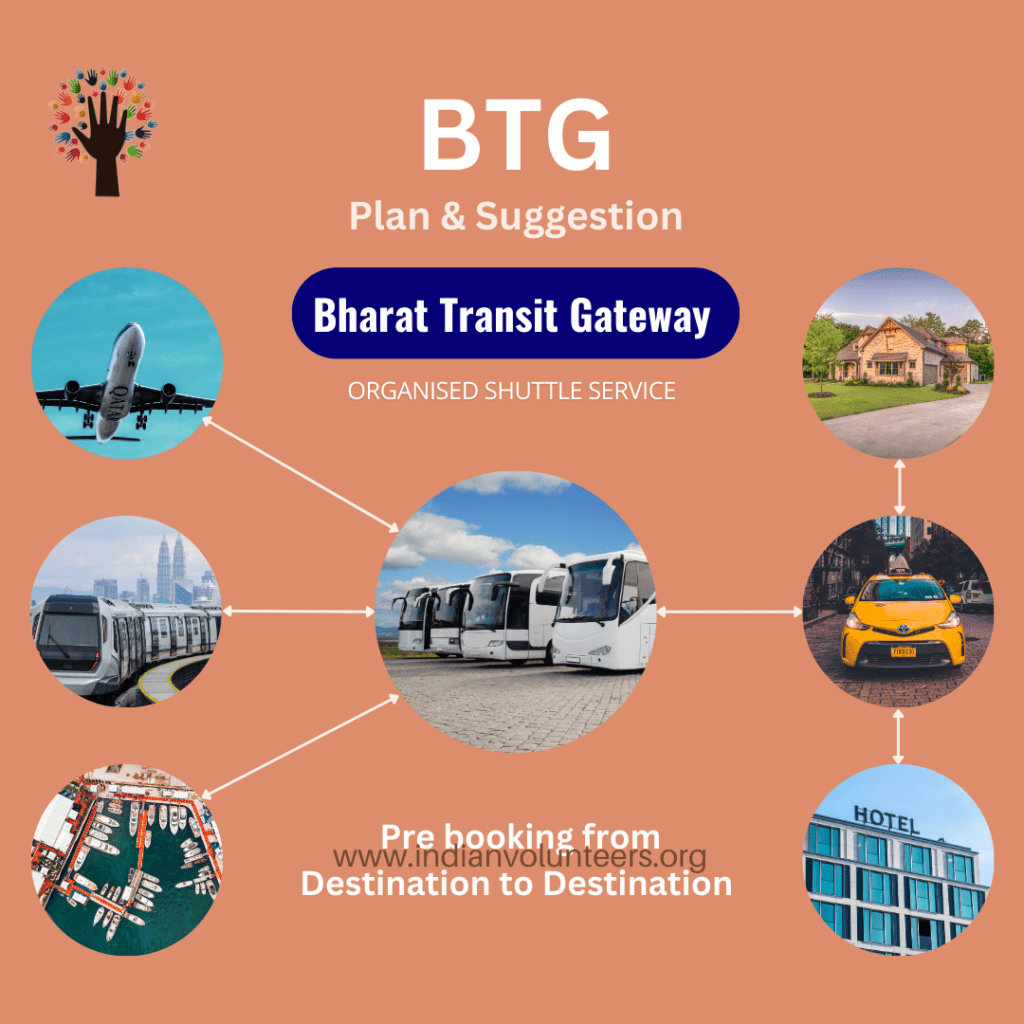The primary objective of the "Nav Niwas Yojana" is to redefine and elevate the living standards in towns and villages across the region by implementing comprehensive and inclusive development initiatives. This yojana aims to address the challenges of urbanization, slum proliferation, and inadequate infrastructure. The central focus is on creating smart living spaces that integrate modern technologies while preserving the rich cultural heritage of these localities. By eradicating slums and unauthorized colonies, the yojana seeks to ensure that every resident has access to dignified and sustainable housing. Additionally, the objective includes promoting the urbanization of villages and merging them within districts to foster coordinated development, striking a balance between rural and urban lifestyles. Through high-rise construction, multi-level parking facilities, and planned community services, the objective is to optimize urban spaces and enhance the overall quality of life for residents. The mission of the "Nav Niwas Yojana" extends beyond infrastructure development; it envisions the creation of sustainable, vibrant, and technologically advanced communities. The yojana strives to empower local residents by eradicating slums, providing efficient transportation networks, and promoting the urbanization of villages. The mission also includes the conservation of cultural heritage, with a commitment to preserving historical landmarks and traditions. By integrating smart technologies, planned infrastructure, and community-centric facilities, the yojana aims to foster a sense of belonging and mutual support. Through the establishment of common agricultural infrastructure and the promotion of local businesses, the mission seeks to stimulate economic growth and promote sustainable practices. Overall, the mission is to lay the foundation for towns and villages where residents thrive in well-planned, inclusive, and interconnected communities. Highlights
Objective
Mission
Benefits
Facts
Laws
Implementation Planning

Nav Niwas Yojana (New Housing Scheme)
No Content
No Content




